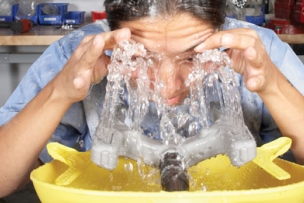MCR Safety has over forty years of experience as a leader in the field of personal protective equipment (PPE). Our assortment of offerings includes gloves, glasses, and garments which are made from the highest quality materials available to ensure maximum safety, comfort, and style.
Search Google for “manufacturing safety tips” and you will find over 25 million results. This one data point reveals the importance of manufacturing safety. Another data point is that 353 manufacturing workers died from injuries in 2015. That is a rate of 2.3 deaths per 100,000 full time workers. Without any doubt, this topic is important to your employees and critical for any business, including MCR Safety.








Talk to Us!
Leave a reply
Your email address will not be published. Required fields are marked *